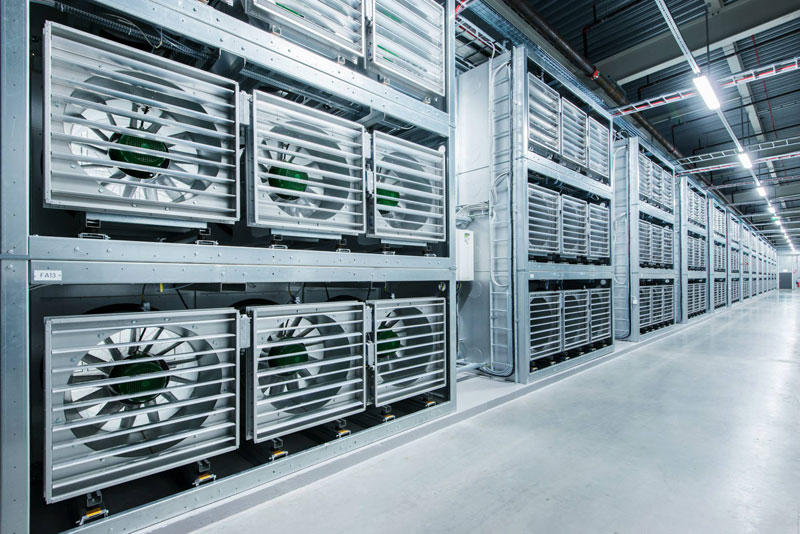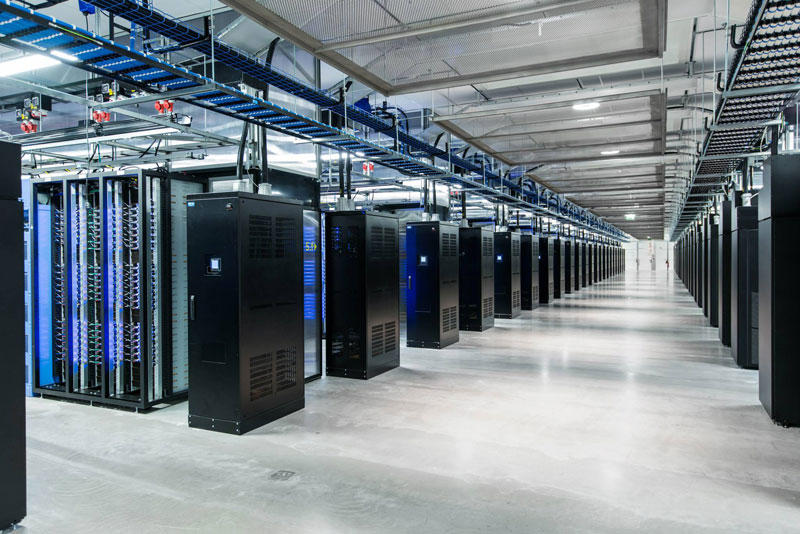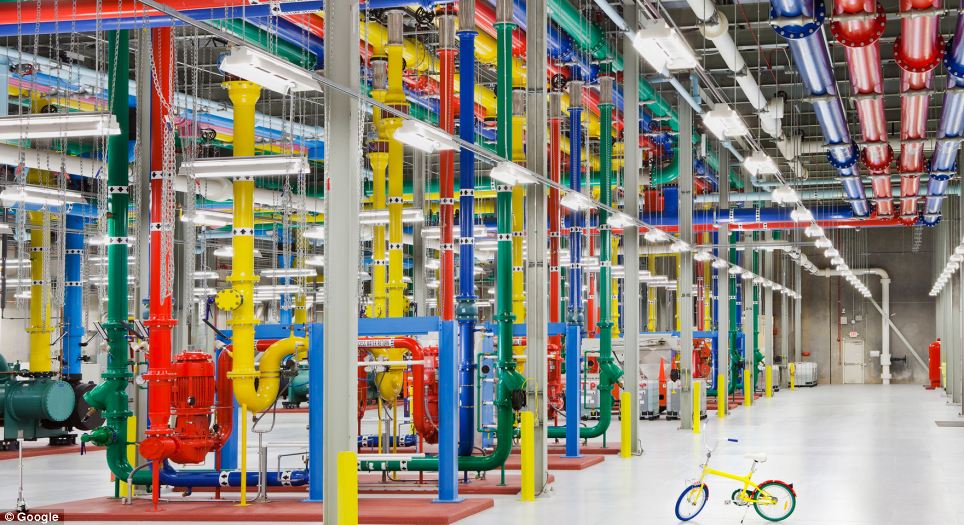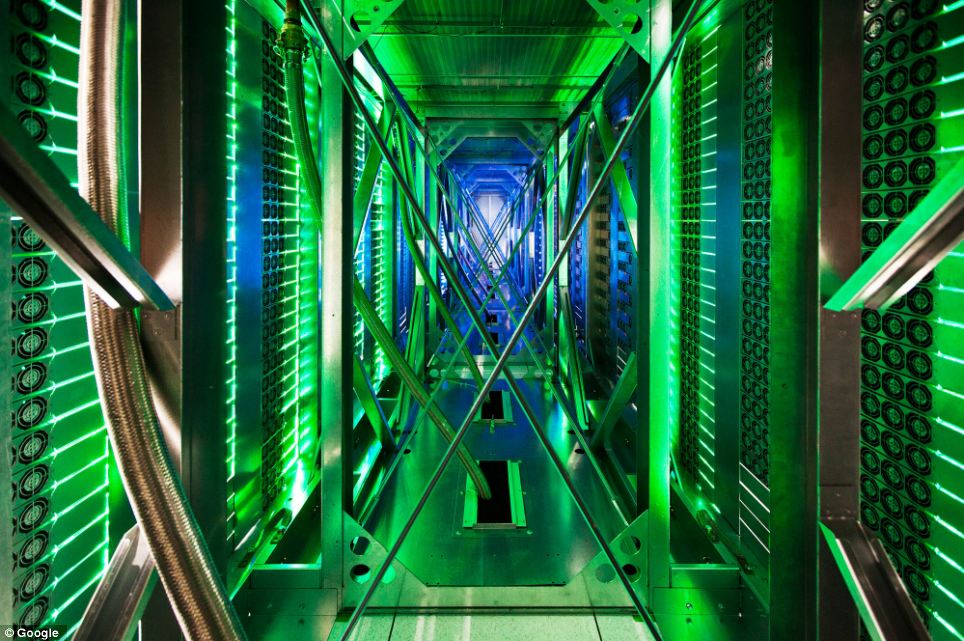Facebook is seeking an expert facility operations engineer to join our data center operations team. Our data centers serve as the foundation upon which our software operates to meet the demands of our customers. The suitable candidate will work with the management team to facilitate operating and maintaining the data center. The candidate will need to be experienced in diverse industries such as electrical generation, electrical distribution, cooling technologies and fire suppression systems.build a world-class facility in our new Data Center in Lulea, Sweden. This role will be based in Dublin, Ireland.
There are the many of HDD. Prepare to a large server.Facebook Guide believe that Lulea is likely to be one of the most efficient and sustainable data centers in the world. There are a fan for colling down the server by get the cold air from outside come and gone.All the equipment in the center provides electricity to the local hydroelectric power plant that runs on renewable energy, thus reducing the number of backup generators for more than70%.
There are the many of HDD. Prepare to a large server.Facebook Guide believe that Lulea is likely to be one of the most efficient and sustainable data centers in the world. There are a fan for colling down the server by get the cold air from outside come and gone.All the equipment in the center provides electricity to the local hydroelectric power plant that runs on renewable energy, thus reducing the number of backup generators for more than70%.
 In addition to the energy of the water,the center is also used by the northern cold air to cool the servers that store photos, videos, comments and "likes." Any excess heat is used to maintain a comfortable temperature in offices. Almost all of the technology at the center, from servers to power distribution systems, based on the work of Open Compute Project - community of engineers from around the world, which is engaged in designing storage centers. The ventilators can never work in the cold season. Because they will use the cold weather coming in and going out to travelling the hot tempurator from database to outside.
In addition to the energy of the water,the center is also used by the northern cold air to cool the servers that store photos, videos, comments and "likes." Any excess heat is used to maintain a comfortable temperature in offices. Almost all of the technology at the center, from servers to power distribution systems, based on the work of Open Compute Project - community of engineers from around the world, which is engaged in designing storage centers. The ventilators can never work in the cold season. Because they will use the cold weather coming in and going out to travelling the hot tempurator from database to outside.




